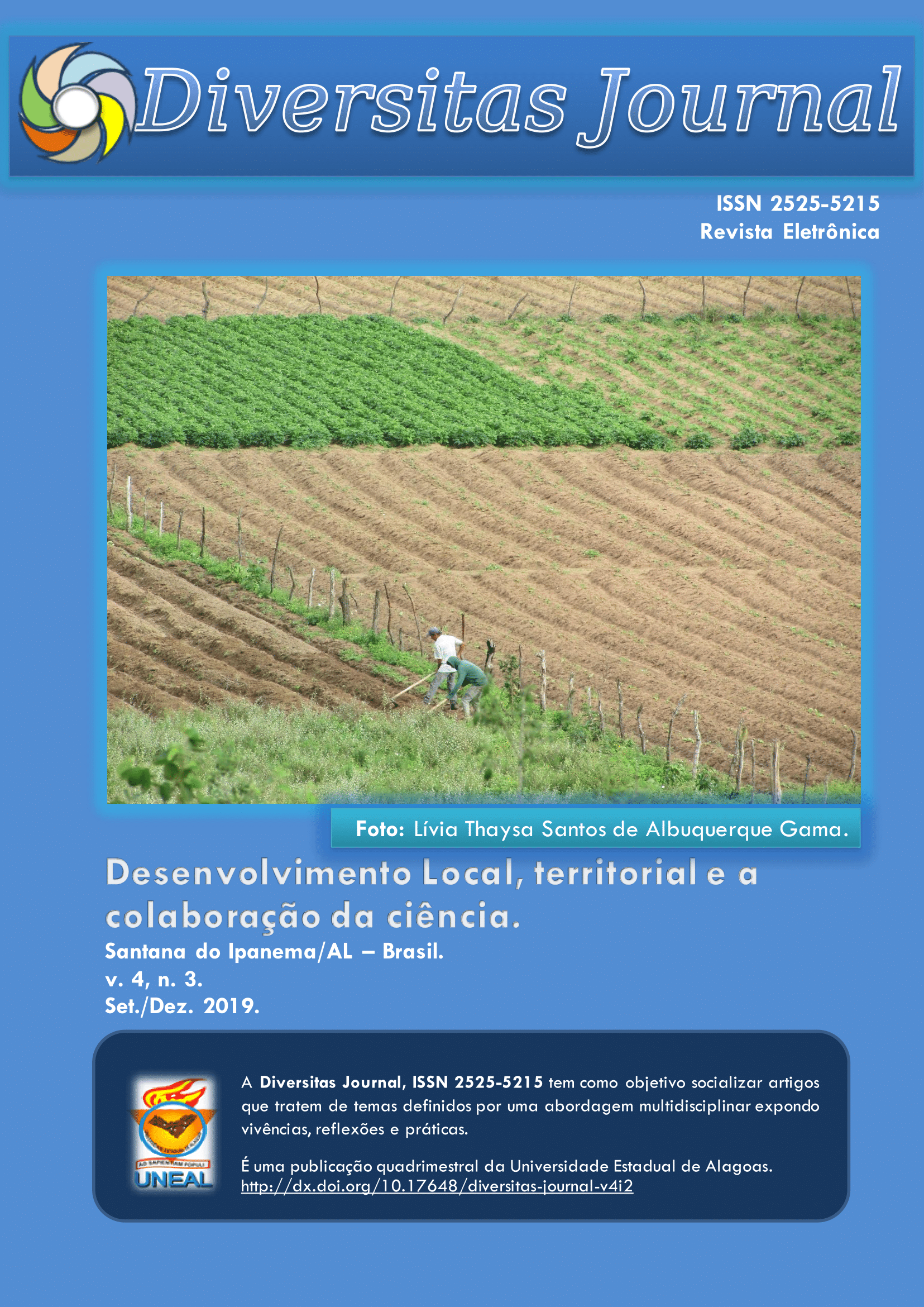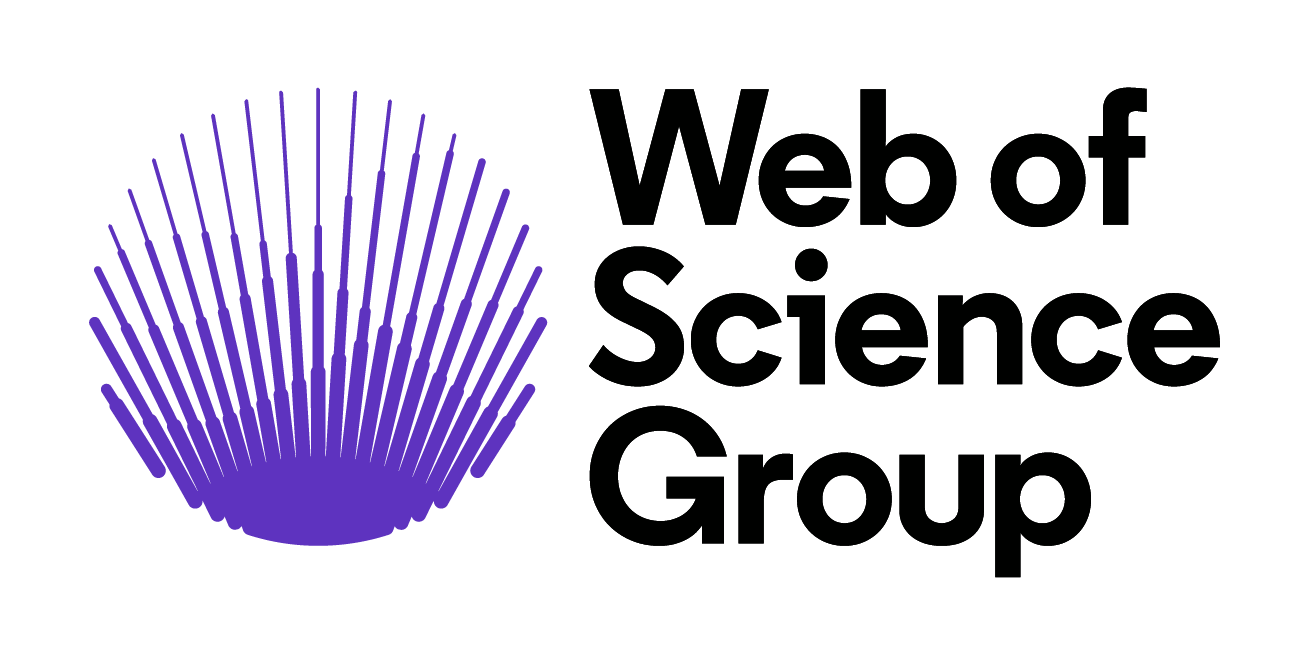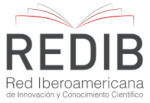Solitary wasp diversity (Hymenoptera: Aculeata) in different cultivation environments
DOI:
https://doi.org/10.17648/diversitas-journal-v4i3.839Resumen
ABSTRACT: Wasps contribute to environmental quality and ecosystem services, and play a key role in the functioning of many environments. The present study identified the diversity of species of solitary wasps that occupied trap-nests in farming environments. as well as the architecture of the nests found. The study focused on three areas of agroecosystem, where 30 blocks of trap-nests, with four diameters (5 mm, 7 mm, 9 mm, and 11 mm), were installed. A total of 56 nests were occupied by solitary wasps, with the most frequent species being Trypoxylon sp.1 (N=100, 54.9%), Pachodynerus cf. brevithorax (N=31, 17.0%), Trypoxylon sp.2 (N=27, 14.8%) and Caenochrysis nigropolita (N=9, 4.9%). The wasps occupied preferentially the trap-nests of 5 mm and 7 mm in diameter. Six wasp families were recorded, with the most abundant being the Crabronidae with 127 individuals, followed by the family Vespidae (N=36). Reduced number of species was recorded in the study area with frequent use of pesticides, and farming practices, which may damage nesting sites. These findings provide important guidelines for the use of agricultural practices, and emphasize the need for the adoption of effective strategies for the conservation and sustainable management of the populations of these potentially beneficial insects.
KEY-WORD: Conservation, hymenopterans, agroecosystems.
Métricas
Descargas
Publicado
Cómo citar
Número
Sección
Licencia
Derechos de autor 2019 Daiana Carla Cosme, CYNTHIA MARIA DE LYRA NEVES, César Auguste Badji , Patrícia Vieira Ribeiro , Adriane Vieira Souza , José Gomes Silva Filho

Esta obra está bajo una licencia internacional Creative Commons Atribución 4.0.
O periodico Diversitas Journal expressa que os artigos são de unica responsabilidade dos Autores, conhecedores da legislação Brasileira e internacional. Os artigos são revisados pelos pares e devem ter o cuidado de avisar da possível incidencia de plagiarismo. Contudo o plagio é uma ação incontestavel dos autores. A Diversitas Journal não publicará artigos com indicios de Plagiarismos. Artigos com plagios serão tratados em conformidade com os procedimentos de plagiarismo COPE.
A violação dos direitos autorais constitui crime, previsto no artigo 184, do Código Penal Brasileiro:
“Art. 184 Violar direitos de autor e os que lhe são conexos: Pena – detenção, de 3 (três) meses a 1 (um) ano, ou multa. § 1o Se a violação consistir em reprodução total ou parcial, com intuito de lucro direto ou indireto, por qualquer meio ou processo, de obra intelectual, interpretação, execução ou fonograma, sem autorização expressa do autor, do artista intérprete ou executante, do produtor, conforme o caso, ou de quem os represente: Pena – reclusão, de 2 (dois) a 4 (quatro) anos, e multa.”


















